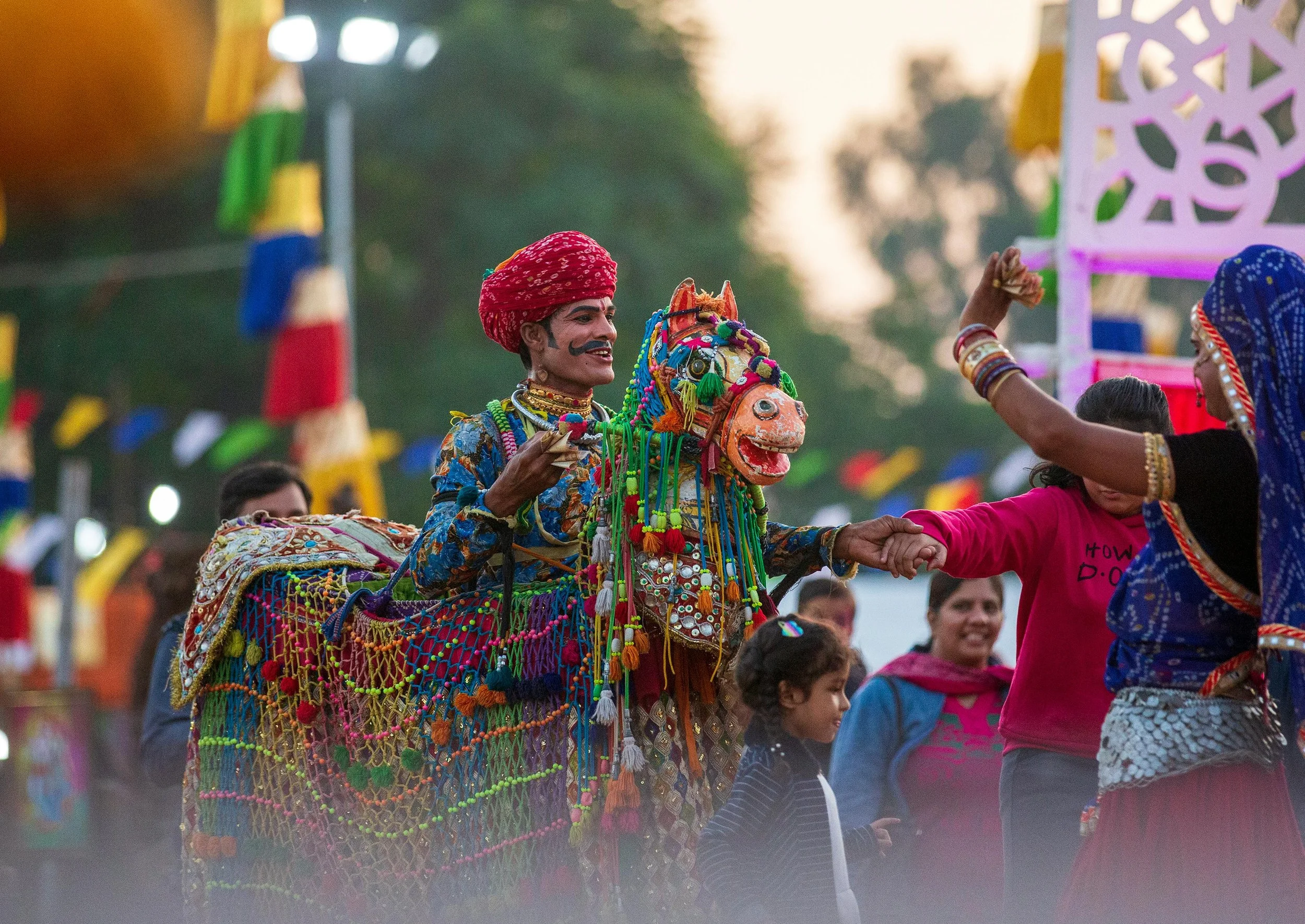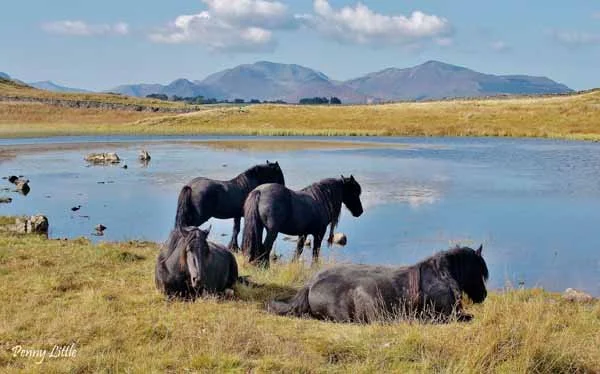
Pushkar Horse & Camel Fair:
A Sacred Stage for India's Marwari Majesty
Marwari horse at the Pushkar Horse and Camel fair
Every November, in the desert town of Pushkar, Rajasthan, something extraordinary unfolds. What begins as a Hindu pilgrimage tied to the sacred Pushkar Lake transforms into one of the largest and most colorful livestock festivals in the world—and for horse lovers, a rare window into India’s deep-rooted equestrian culture.
Where Sand Meets Spirit
Set against the arid beauty of the Thar Desert, the Pushkar Fair (also called Pushkar Mela) is one of India's most historic animal gatherings. Its origins lie in the convergence of two powerful traditions: spiritual pilgrimage and livestock trade. For centuries, devotees have come to Pushkar to bathe in the sacred lake on Kartik Purnima, a full moon day considered highly auspicious in the Hindu calendar. Over time, this spiritual congregation evolved into a sprawling fairground where desert communities brought their best camels, horses, and cattle to trade, race, and showcase.
Today, the fair brings together traders, breeders, nomads, holy men, and travelers from across India and the world. While camels often take center stage in the broader fair, it’s the Marwari horses—with their arched necks and signature inward-turning ears—that steal the hearts of equestrians.
This isn’t just a marketplace; it’s a living exhibition of Rajasthani pride, horse training, and breed preservation.
Camels at the Pushkar Horse and Camel fair
The Role of Horses in the Fair
While camels may dominate the numbers, horses carry the cultural weight of the Pushkar Fair. The Marwari horse, a breed synonymous with Rajasthan's warrior history, takes center stage in both spiritual ceremonies and competitive showcases. Many devotees bring their horses to be blessed at the lake, tying the animal into the sacred atmosphere of the pilgrimage.
Horses are also integral to the fair’s most dynamic spectacles:
Horse dance performances where trained Marwaris perform rhythmic footwork to the beat of traditional drums
Breed competitions judged on conformation, agility, and demeanor
Traditional parade processions where horses are adorned with intricate bridles, embroidery, and mirrored accessories
These events aren’t just for entertainment—they’re a showcase of heritage and prestige. Winning breeders gain recognition not only in Pushkar, but across the subcontinent.
Cultural Convergence
More than a horse fair, Pushkar is a cultural kaleidoscope:
Folk dancers with mirror-studded lehengas twirl under desert skies
Musicians serenade crowds with sarangi and dholak
Competitions range from longest mustache to turban tying
Nomadic groups, saints, and saddle-makers create an open-air bazaar of heritage
For a horse traveler, it’s a chance to go beyond the stables and into the heart of Rajasthani tradition.
Camels at the Pushkar Horse and Camel fair
A Story-Worthy Pilgrimage
Attending the Pushkar Fair isn’t just about admiring horses—it’s about stepping into a world where animals, commerce, faith, and art collide. Whether you come with a camera, a notebook, or a dream of owning a Marwari, Pushkar offers an unforgettable experience.
In a world of fast-paced equestrian sport and digital showrooms, the Pushkar Horse Fair reminds us of the sacred, timeless bond between horse and human—set not in arenas, but under desert stars.
Marwari horse at the Pushkar Horse and Camel fair







